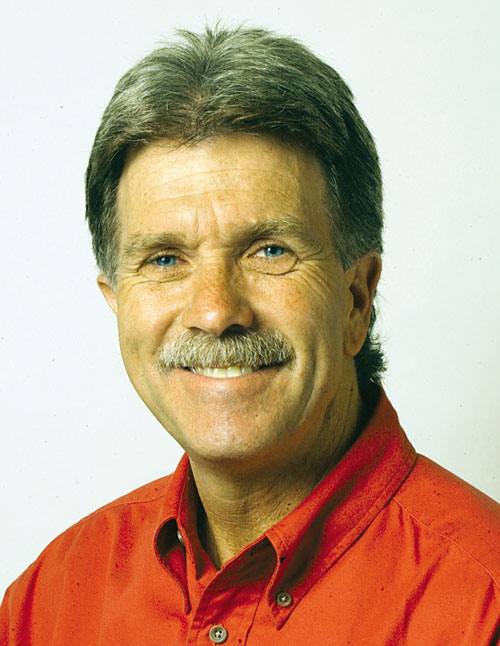Getting Out: I know, I know. We Californians don’t have real
fall colors. Your friends who were raised on the East Coast never
tire of telling you that. And, of course, they’re right. But those
friends now live in California
— apparently because the East Coast also has real winters.
I know, I know. We Californians don’t have real fall colors. Your friends who were raised on the East Coast never tire of telling you that. And, of course, they’re right. But those friends now live in California — apparently because the East Coast also has real winters.
Real or not, the quaking aspens and cottonwood trees on the east side of Sierra Nevada put on a brilliant color display each fall. It may not match the variety of color that East Coast transplants remember fondly, but the vivid yellow of an Aspen grove at peak color seems to radiate its own light rather than simply reflect the sun’s. Yellow and soft, they are a tremendous sight set beneath the east side’s high rugged peaks. Like rivers and creek, their groves trace the mountain creases, then spill out onto the valley floor.
Every fall, I try to visit the east side in mid-October to see the show. I just returned from a five-day backpacking trip that began with a walk up Buckeye Creek, a unique valley.
I first visited this spot several years ago with a friend. I thought I knew most of the interesting east-side trails, but a description of unfamiliar Buckeye Creek in a guide book suggested I was wrong. Because of the steep eastern Sierra escarpment, most hikes there are steep. The description promised a relatively flat walk up a beautiful valley with mature Aspen groves.
To reach the Buckeye Creek trailhead, head west on Twin Lakes Road out of Bridgeport for seven and a half miles to Doc and Al’s Resort. Turn right and follow the road three and a half miles to the Buckeye Creek Campground, a beautiful spot to car camp and the starting point for this hike. The walk begins in a pleasant forest of aspens and Jeffrey Pines — beautiful, but a curtain shrouding the real eye candy ahead. After an hour or so, the curtain recedes, and the full sweep of this valley emerges dramatically.
Here is a classic U-shaped glacier-carved valley. The wide valley floor is an interesting mingling of dry sagebrush that signals the beginning of the Great Basin to the east and a boggy meadow that supports flashy displays of irises and other wildflowers in the spring. The wall that bounds the valley on the left, called the Roughs, is a series of jagged and spectacular peaks ranging from 4,000 to 12,000 feet above.
But for all the flashy trimming, the elegant valley floor is the real show. You will know aptly named Big Meadow when you reach it. Turn and look in each direction in this huge open space. Over there a forest of Jeffrey Pines; at the base of the Roughs a stand of old large aspens; at your feet clear, cool Buckeye Creek lazily passing by. Never have I walked in a place that so warmly and insistently beckons you on.
Buckeye Forks is more than nine miles out and beyond the appetite of most day hikers. Go as far as your stamina allows, but a true highlight for me was a stand of large mature aspens about five miles from the trailhead. Look for a beaver pond and carvings in the Aspen bark left by shepherds nearly a century ago.
If you time it right (usually mid-October), the yellow Aspen groves along Buckeye Creek set against snow-dusted Roughs will knock you out. This is a lightly visited area that will be one of your favorites. And if your walk leaves you sore and tired, follow the signs to Buckeye Hot Springs — clothing optional — for a therapeutic soak. All the amenities and no extra charge.








